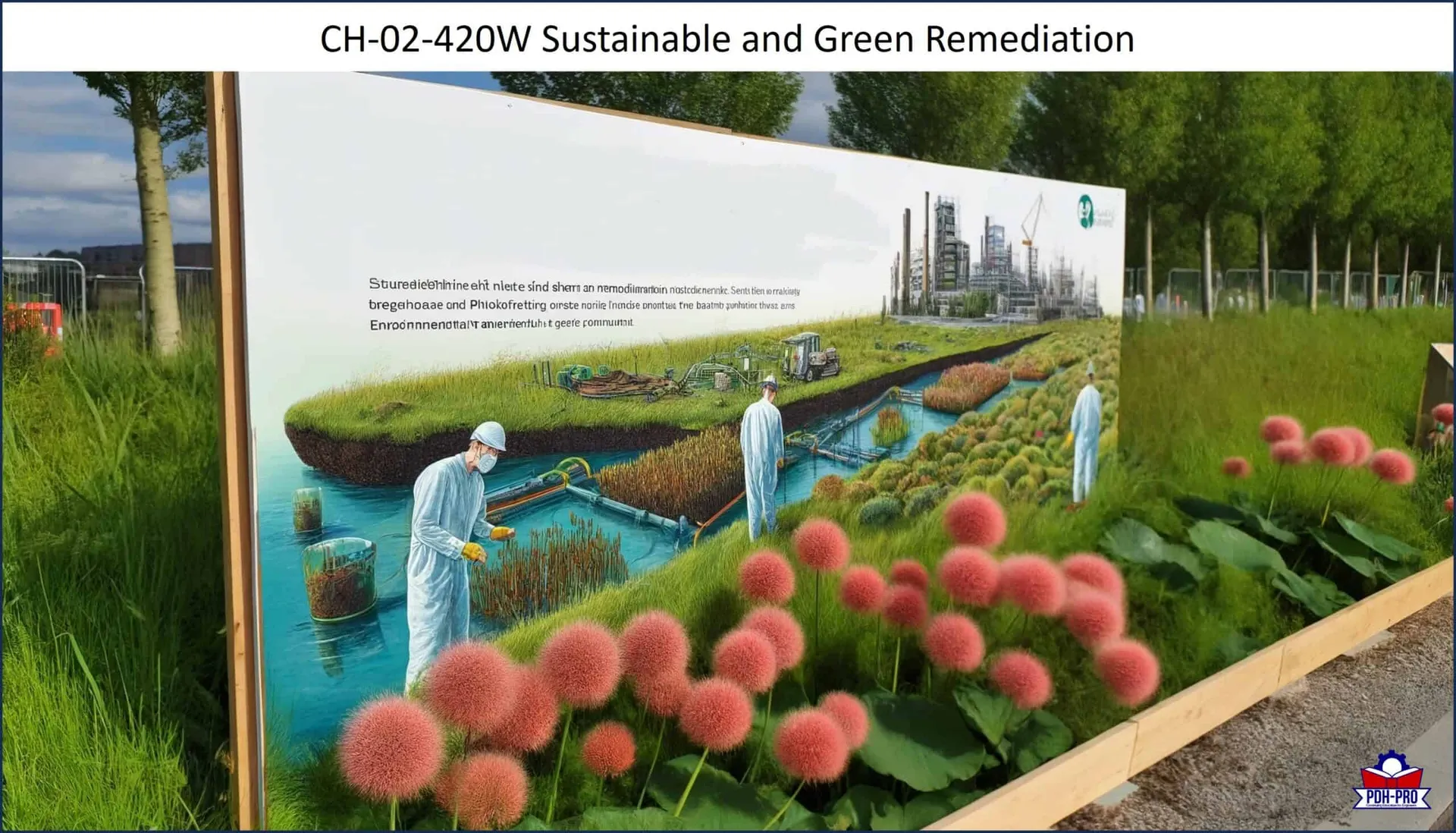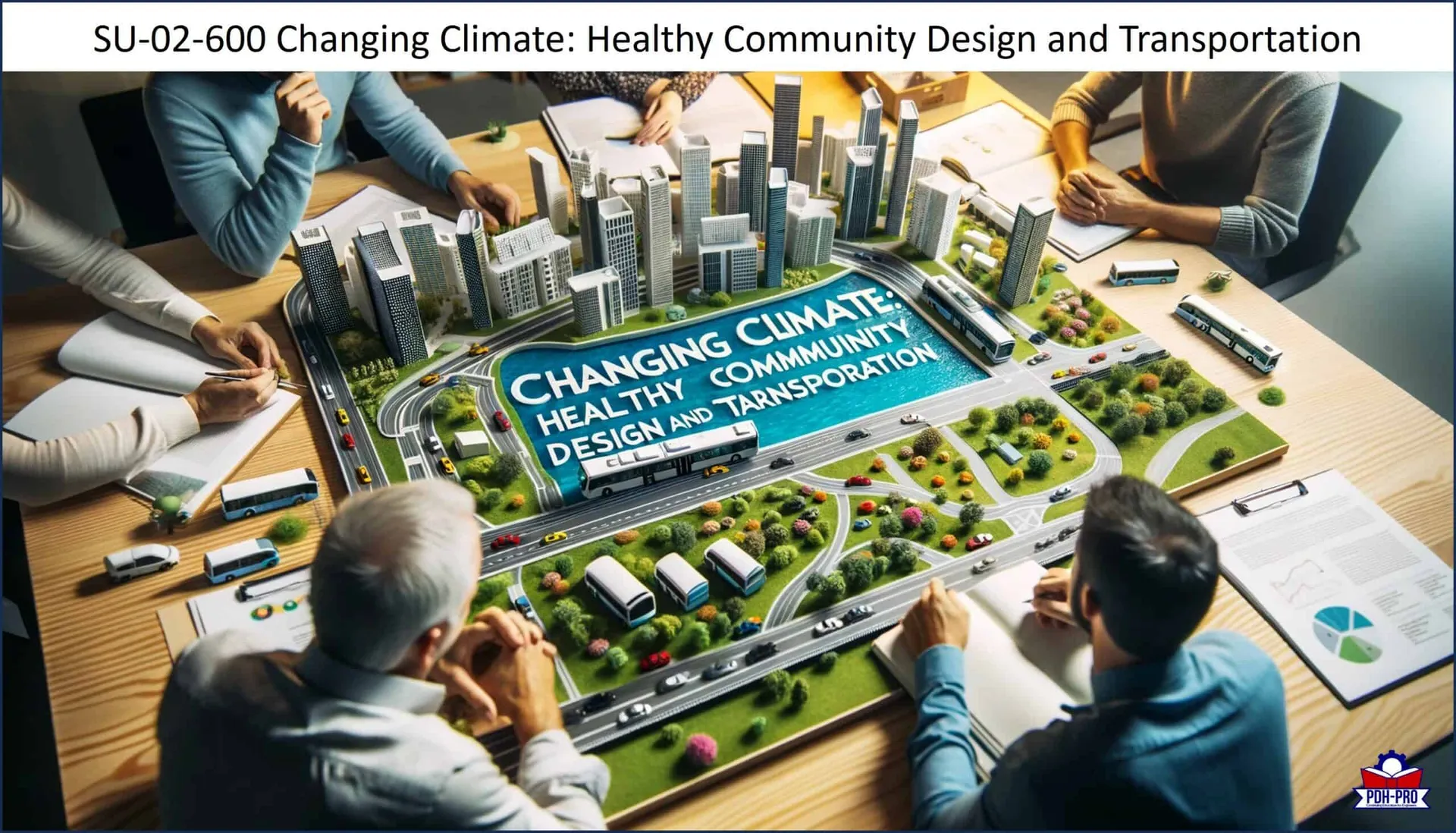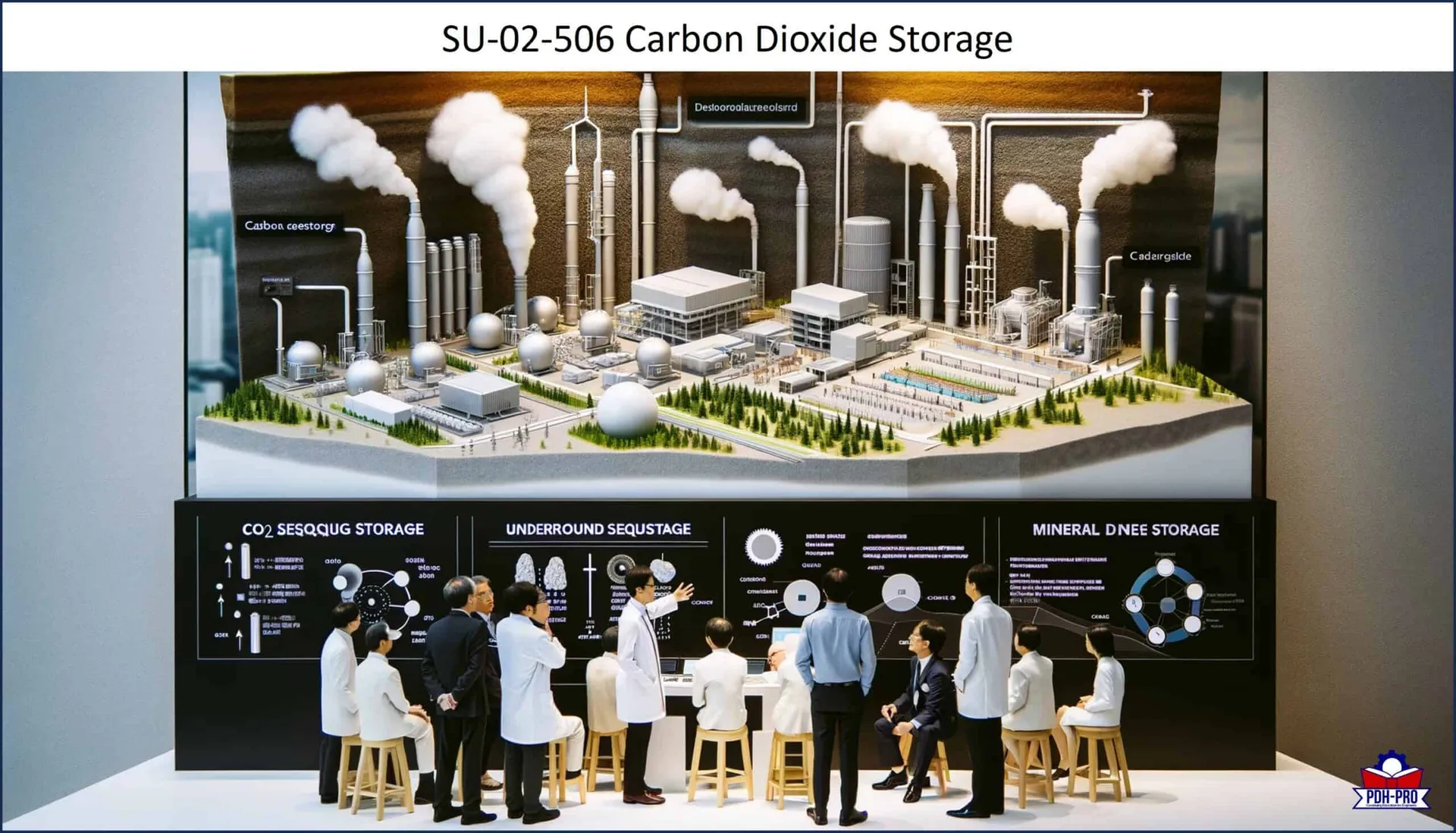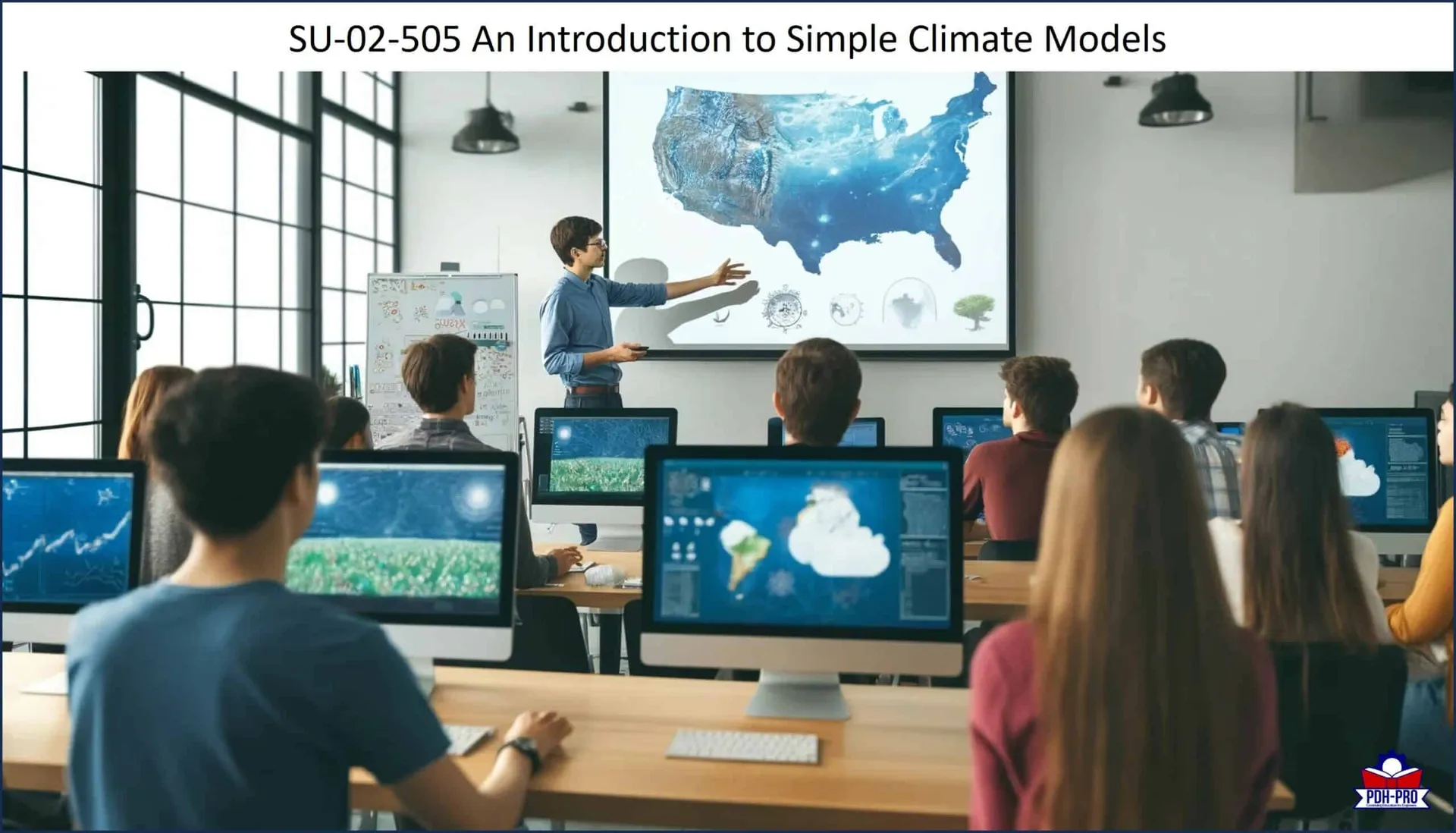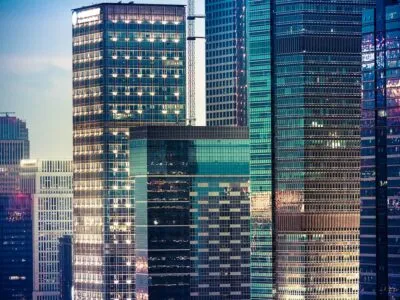
- Home
- Contact Us
- Corporate Solutions
- Webinars
- Packages
- Courses
- Categories
- Live Webinars
- Packages
- Chemical Engineering
- Civil Engineering
- Electrical Engineering
- Petroleum Engineering
- Environmental Engineering
- Geotechnical Engineering
- Mechanical Engineering
- Structural Engineering
- Sustainability
- State Rules and Regulations
- Ethics and Law
- Project Management
- HSSE
- Petroleum Engineering
- Timed & Monitored – Ohio
- On Demand Webinars
- More
Course Full With Both Sidebar
Condimentum Cursus Lorem ParturientInstructorPDH Pro Staff
TypeOnline Course
Price$208
Please sign in first
Not a member?
Please simply create an account before buying/booking any courses.
Create an account for free!
Live Webinar – Sustainable and Green Remediation
Live Webinar: Sustainable and Green Remediation Scheduled: TBD – This webinar will be scheduled again soon. This live webinar course provides a generalized framework for green and sustainable remediation (GSR). It is intended to be flexible and scalable to each phase of the remedial process. The course provides an introduction to GSR, including definitions of key... Learn More
InstructorPDH Pro Staff
TypeOnline Course
Price$40
Please sign in first
Not a member?
Please simply create an account before buying/booking any courses.
Create an account for free!
Changing Climate: Allergies and Asthma
Changing Climate: Allergies and Asthma This On-Demand webinar investigates the health impacts of climate change and how it impacts allergies and asthma. This course explores the connection between climate change and key areas of our health. The burning of fossil fuels causes the release of carbon dioxide, which builds up in the atmosphere and causes... Learn More
InstructorPDH Pro Staff
TypeOnline Course
Price$40
Please sign in first
Not a member?
Please simply create an account before buying/booking any courses.
Create an account for free!
Changing Climate: Healthy Community Design and Transportation
Changing Climate: Healthy Community Design and Transportation This On-Demand webinar investigates the health impacts of climate change and explores the benefits of healthy community design as a mitigation approach. The development of transportation systems in the U.S. has transformed our lives and livelihoods. However, increased access to automotive transportation has led to dependence on automobiles... Learn More
InstructorPDH Pro Staff
TypeOnline Course
Price$189
Please sign in first
Not a member?
Please simply create an account before buying/booking any courses.
Create an account for free!
Carbon Dioxide Storage
Carbon Dioxide Storage Carbon dioxide (CO2) capture and storage (CCS) is a process consisting of the separation of CO2 from industrial and energy-related sources, transport to a storage location and long-term isolation from the atmosphere. This course considers CCS as an option in the portfolio of mitigation actions for stabilization of atmospheric greenhouse gas concentrations.... Learn More
InstructorPDH Pro Staff
TypeOnline Course
Price$105
Please sign in first
Not a member?
Please simply create an account before buying/booking any courses.
Create an account for free!
An Introduction to Simple Climate Models
An Introduction to Simple Climate Models The major components of the climate system that are important for climatic change and its consequences, such as sea level rise, during the next century are: the atmosphere, oceans, terrestrial biosphere, glaciers and ice sheets and land surface. In order to project the impact of human perturbations on the... Learn More
Course Categories
- Chemical Engineering
- Civil Engineering
- Electrical Engineering
- Environmental Engineering
- Ethics and Law
- Geotechnical Engineering
- HSSE
- Live Webinars
- Mechanical Engineering
- On Demand Webinars
- Packages
- Petroleum Engineering
- Project Management
- State Rules and Regulations
- Structural Engineering
- Sustainability
- Timed & Monitored – Ohio
